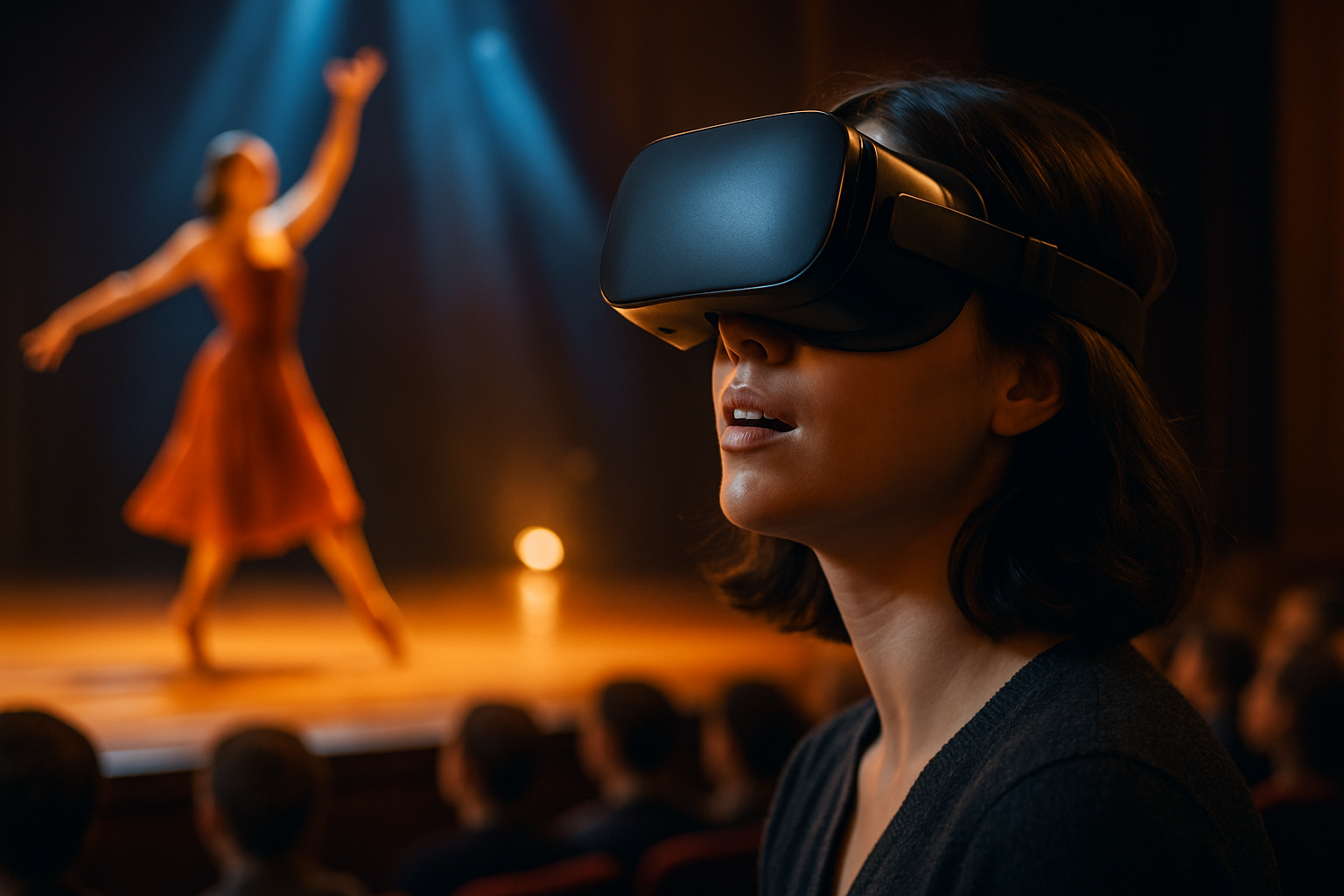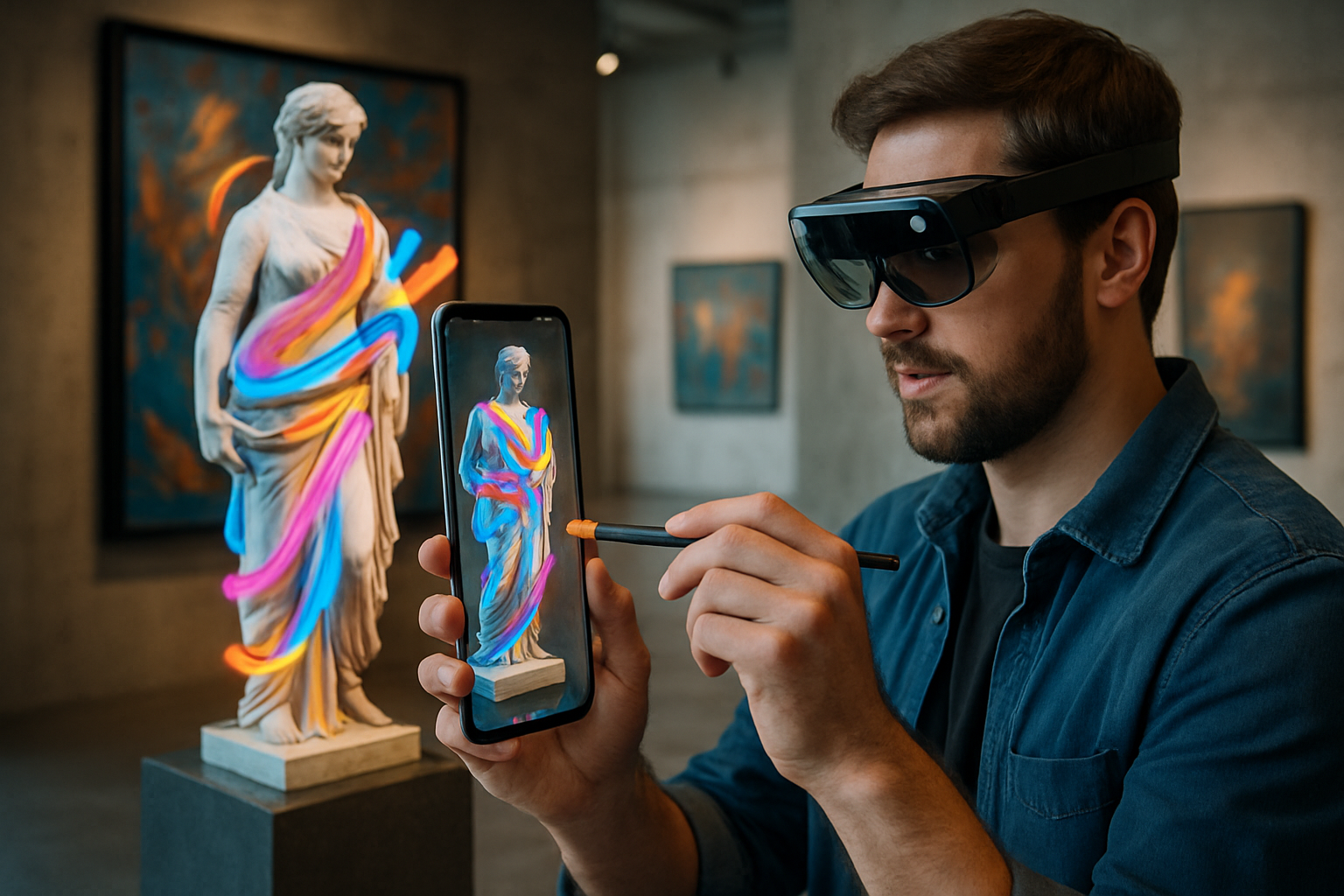Biofield Therapy: Exploring the Subtle Energy Frontier in Holistic Health
The realm of holistic health is ever-expanding, with new modalities emerging that challenge our understanding of the human body and its healing capabilities. Have you ever wondered if there's more to our physical form than meets the eye? Could invisible energy fields play a role in our overall well-being? Biofield therapy, a cutting-edge approach in complementary medicine, suggests that the answer might be a resounding yes.

Proponents of biofield therapy argue that disturbances or imbalances in this energy field can manifest as physical or emotional ailments. By manipulating or rebalancing the biofield, practitioners aim to promote healing and restore harmony to the body’s systems. While still considered controversial in some medical circles, biofield therapy has gained traction as a complementary approach to conventional treatments.
The Science Behind Biofield Therapy
Research into biofield therapy is still in its infancy, but several studies have begun to shed light on its potential mechanisms and effects. Some scientists propose that the biofield may be related to electromagnetic fields generated by the body’s physiological processes, including heart and brain activity. Others suggest it may involve quantum-level interactions or yet-undiscovered forms of energy.
A growing body of research has explored the effects of biofield therapies on various health conditions. For example, a systematic review published in the Journal of Integrative and Complementary Medicine found that biofield therapies showed promise in reducing pain intensity in chronic pain patients. Another study in the Journal of Alternative and Complementary Medicine reported improvements in fatigue and quality of life among cancer patients receiving biofield therapies alongside conventional treatment.
Types of Biofield Therapies
Biofield therapy encompasses a range of practices, each with its unique approach to manipulating subtle energies. Some of the most well-known biofield therapies include:
-
Therapeutic Touch: Developed by nursing professor Dolores Krieger, this technique involves practitioners moving their hands over the patient’s body to assess and balance energy fields.
-
Healing Touch: A nursing-based practice that combines various energy-based techniques to promote healing and relaxation.
-
Reiki: A Japanese technique that involves the transfer of universal life energy through the practitioner’s hands to the patient.
-
Polarity Therapy: A system that combines bodywork, nutrition, exercises, and self-awareness to balance energy flow in the body.
-
Qigong: An ancient Chinese practice that combines movement, meditation, and breathing to cultivate and balance qi, or life energy.
Integrating Biofield Therapy into Holistic Health Practices
As interest in integrative medicine grows, biofield therapy is increasingly being incorporated into holistic health practices. Some hospitals and clinics now offer biofield therapies as complementary treatments alongside conventional medical care. This integration reflects a growing recognition of the potential benefits of addressing the whole person – body, mind, and energy – in the healing process.
Proponents argue that biofield therapy can enhance traditional treatments by reducing stress, promoting relaxation, and potentially boosting the body’s natural healing mechanisms. However, it’s important to note that biofield therapy should not be viewed as a replacement for conventional medical care but rather as a complementary approach that may enhance overall well-being.
Challenges and Future Directions
Despite growing interest and anecdotal success stories, biofield therapy faces several challenges in gaining widespread acceptance in the medical community. The primary hurdle is the lack of a standardized, scientifically validated method for measuring and quantifying the biofield. This limitation makes it difficult to conduct large-scale, rigorous studies that meet the gold standard of medical research.
Additionally, the mechanism by which biofield therapies might work remains unclear, leading to skepticism among some healthcare professionals. Critics argue that any benefits observed may be due to placebo effects or the general relaxation response rather than manipulation of a subtle energy field.
However, proponents of biofield therapy remain optimistic about its future. Ongoing research is exploring more sophisticated methods of measuring subtle energy fields, including advanced imaging techniques and bioelectromagnetic devices. As our understanding of the human body and its energy systems evolves, biofield therapy may play an increasingly important role in integrative healthcare approaches.
Fascinating Facts About Biofield Therapy
• The concept of a human energy field has roots in many ancient healing traditions, including Traditional Chinese Medicine and Ayurveda.
• Some studies suggest that biofield therapies may influence physiological markers such as heart rate variability and cortisol levels.
• Biofield therapy practitioners often report sensing heat, tingling, or other sensations when working with patients’ energy fields.
• The U.S. National Center for Complementary and Integrative Health recognizes biofield therapies as a form of complementary health approach.
• Some veterinarians are exploring the use of biofield therapies in animal care, with anecdotal reports of positive outcomes.
As we continue to unravel the mysteries of human health and healing, biofield therapy represents an intriguing frontier in holistic wellness. While more research is needed to fully understand its mechanisms and efficacy, this emerging field offers a unique perspective on the interconnectedness of our physical, emotional, and energetic selves. By exploring these subtle aspects of our being, we may unlock new pathways to health and well-being that complement and enhance our existing medical knowledge.





